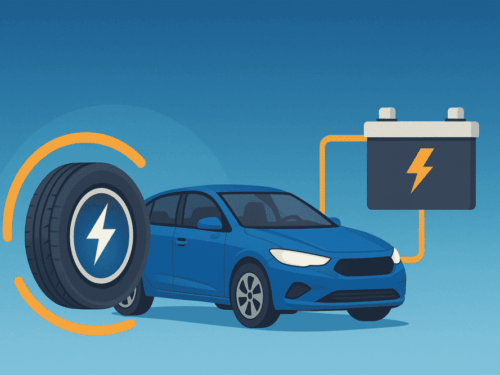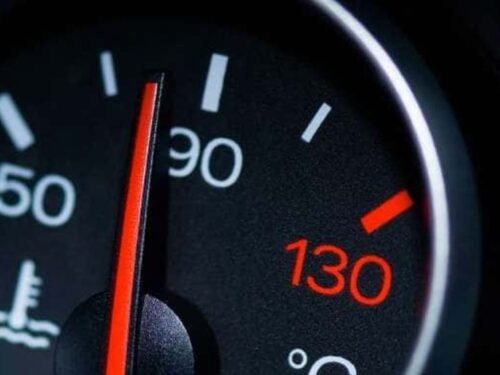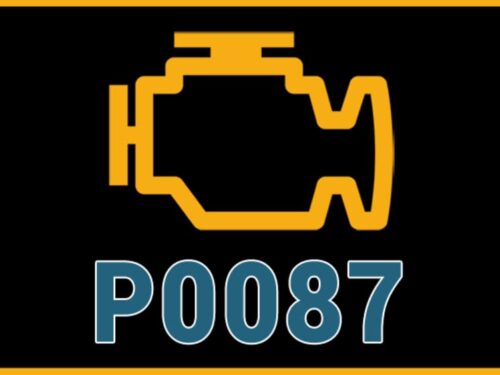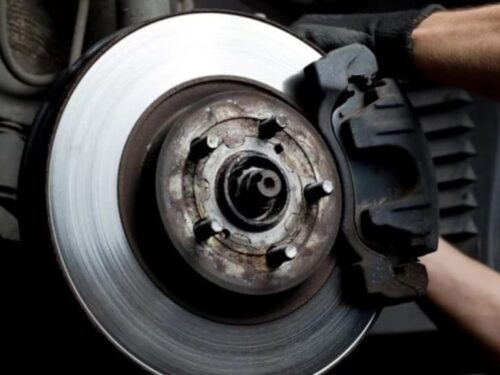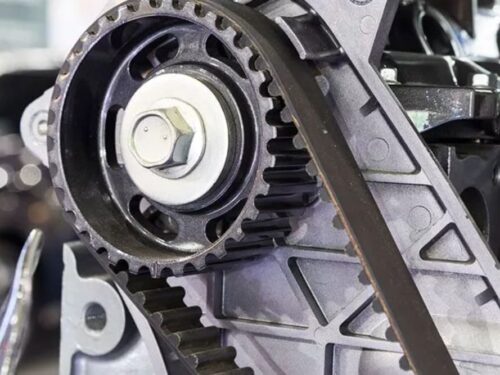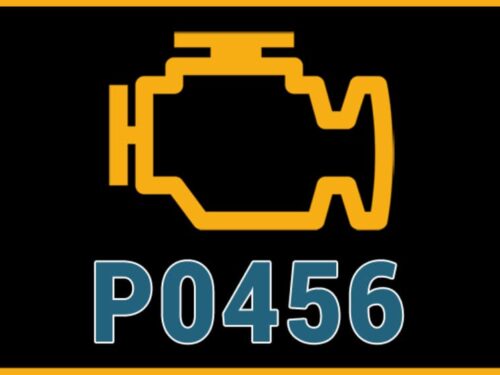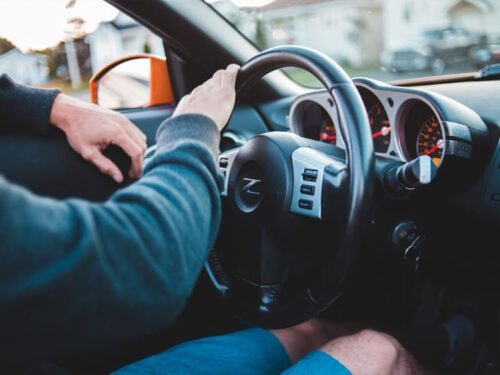
For some, jump-starting your first car was a right of passage. However, for those lucky few who have never faced a dead battery, jump-starting your car for the first time can be an intimidating experience. While this is a fairly simple process, you should always be cautious when doing anything with your engine.
Whether your car battery is dead because you accidentally left your headlights on, or you are troubleshooting electrical system issues like your engine clicking but not starting, knowing how to jumpstart a car is an important part of being a car owner (and could save you in a sticky situation). So without further adieu, let’s get to it.
What You’ll Need to Jump-Start Your Car
First, you will need a good set of jumper cables and a live battery to boost from (likely in another car or from a stand-alone battery). If you can, jump start your vehicle with a partner if possible.
What You Need to Watch Out For
The key to jump-starting your car safety is to connect your cables from the live battery to the booster car in the right order. You’ll also want to make sure that the metal ends on your jumper cables don’t touch each other or any other metal parts of the car.
Jump-Starting Your Car: The Step By Step Guide
- Pull the jumper vehicle next to the dead battery (or, if using a separate battery to jump, ensure your cables can reach both dead live batteries). Pop both hoods and ensure both vehicles are turned off.
- Now move over to the dead car battery and identify the positive terminal (usually marked with a ‘+’ on the cover or, if you can’t see a + or – symbol, then you should see a red (+) cable connected to it). Take one of the red (positive) ends of your jumper cables and connect to the positive terminal.
Note: while you’re not using your negative terminal, you should take care in finding uncharged ground while you’re setting up. This means placing the negative end of your jumper cables on a plastic (non-metal/non-conducting) part of your engine for the time being. Alternatively, if you are doing this with a partner, you can have them hold the negative end of the dead jump while you get everything else connected.
- Take the other red (positive) ends of your cables and connect them to the positive battery terminals on your live battery.
- Now, grab the black (negative) end of your jumper cables on the live side of your cables. Connect it to the negative post of the live battery.
- Return back to your terminal of the dead battery and stop. At this point, many people are tempted to attach the negative end of your jumper cables to the negative post of your dead battery. Don’t do this: connecting this directly to your dead negative post can result in a spark which, in a gaseous and potentially flammable environment like your vehicle engine, could cause some issues.
Instead, you should look for a ground to connect to – in this case, an unpainted, unmoving, metal surface under your car’s hood. Some newer cars have a ground spot away from the battery, specifically for jumping your car (check your owner’s manual to see you have one). This can be something like a bolt on the engine block or even on the strut tower. Note: avoid using a ground anywhere near a fuel source like ground near your fuel pressure regulator.
- Finally, you want to do one last check on your cables before jumping the battery. Ensure that both the cables on your live and dead battery are away from cooling fans or serpentine belts to avoid them getting caught in the moving parts of your engine.
- Now, start the engine on a good battery and let it run for at least two minutes. Then, once you’ve been running for a while, start the engine of your dead vehicle.
***If your dead battery hasn’t started at this point, wait another 2-3 minutes and give it another try. If you are still having trouble or your engine starts and your battery dies a few minutes later, then you may be facing a solenoid connection issue or another electrical problem and should call your mechanic and explain the steps you’ve taken.
- Once your dead battery has come back to life, disconnect your jumper cables in reverse order: first from your previously dead battery, starting with the negative ground. At this point, you should be very careful to ensure that the ends of the jumper don’t touch.
If you are working with a partner, you can have them remove the positive cable from the previously dead battery port and hold it while you disconnect the live battery.
If you are working by yourself, then I recommend leaving the positive jumper on your once-dead battery and instead, removing the negative jumper from the live battery. That way, you only have the positive to positive connection remaining and this can help you to avoid any potential sparks or scary moments. You can now safely remove both the positive cables and replace the caps on your battery posts.
That being said, the job is not done yet. Once your engine is running be sure not to shut it off for at least 15 minutes. This should be enough time to recharge your battery. However, if you find yourself facing the same issue the next time you go to start your car, this is a good indication of a bigger issue: a failing alternator or battery.
Courtesy of revolutionmotors

